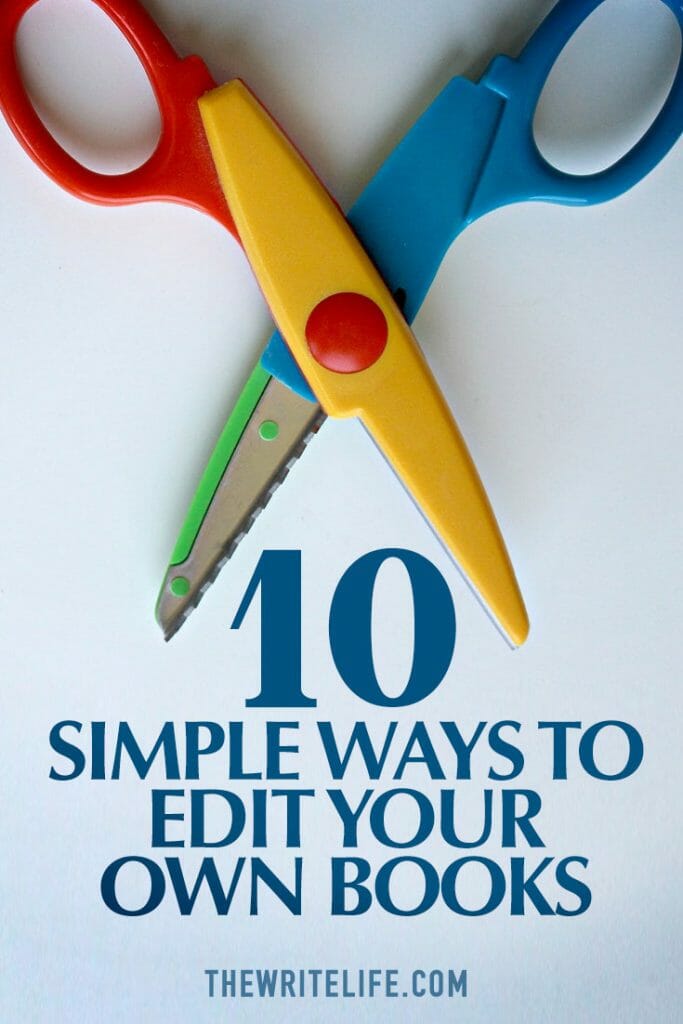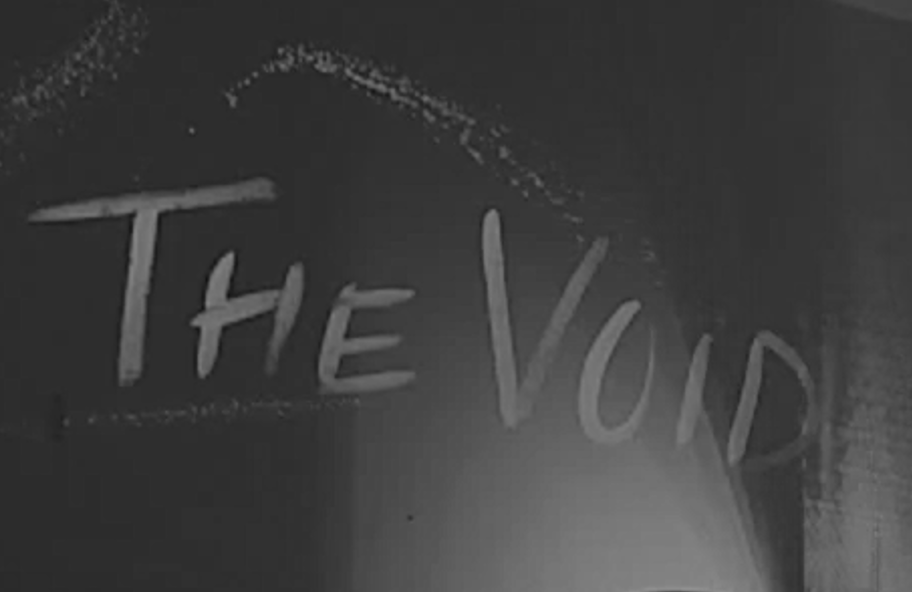http://feedproxy.google.com/~r/TheWritePractice/~3/Z5gL9-3Gcxs/
You’re under coronavirus quarantine. What are you going to do with all this newfound time—and lack of outside entertainment? Why, read, of course!

There’s never been a better time to pick up a book. But what should you read under quarantine?
Here at The Write Practice, we’ve got you covered. Our team put our heads together and selected our best recommendations of great books to read while you’re under coronavirus quarantine.
How We Made Our Coronavirus Quarantine Book List
As we put together this list, we faced one enormous question:
What makes a good coronavirus quarantine read?
There are a lot of books about pandemics out there. But The Stand is perhaps more panic-inducing than encouraging when you’re trapped at home with the risk of infection outside.
Rather than stark dystopias about devastating outbreaks, we looked instead for books that offer hope, and especially humor. “Laughter is the best medicine,” said someone somewhere, and while it might not be a coronavirus cure on its own, it can certainly help lift us on some dark and stressful days.
This list spans a variety of genres and themes, from pandemic novels to mental illness memoir to nonfiction science books to cozy mysteries. Whether you’re looking for hope for the shut-in, fascinating facts, or some good old escapism, you’ll find something to love on this list.
//platform.twitter.com/widgets.js
“
The best coronavirus quarantine reads are funny and hopeful. What are you reading?
Ready to start reading? Here’s what we recommend.
10 Lighthearted Books to Read
Looking for something light and fun to take your mind off of quarantine, or offer a new perspective on illness? Look no further than these ten reads:
1. The Decameron by Boccaccio
You’ve heard of The Canterbury Tales, a series of twenty-four stories told by a group of pilgrims on their journey to Canterbury. Boccaccio’s The Decameron predates it by several decades.
But Boccaccio’s cast of seven women and three men isn’t on the road—rather, they’ve sequestered themselves in a villa near Florence in hopes of escaping the Black Death. The hundred tales they tell each other during their two-week quarantine span the gamut from witty to tragic.
Alternate idea: Don’t want to read books while quarantined? Gather your household and challenge yourselves to tell a story every day.
Get the book here.
2. Love in the Time of Cholera by Gabriel Garcia Marquez
Ask someone for literature about pandemics, and Love in the Time of Cholera is one of the first books that comes to mind. Hey, “cholera” is right there in the title!
In fact, this book is about more than just cholera. It’s about love and relationships that span decades, and it asks if maybe love isn’t the real disease.
If coronavirus quarantine is your opportunity to revisit the classics you missed in high school and college, this is the perfect book to start with. Or, if you want to say things like “literature in the time of coronavirus” with more knowledge of the source for your clever reference, read this.
Get the book here.
3. Good Omens by Neil Gaiman and Terry Pratchett
You’ll be hard-pressed to find a more fun and entertaining read about the end of the world. With their signature darkness, satire, and clever twists on mythology, Gaiman and Pratchett created a wild tale of apocalypse.
You might have seen the Amazon Prime miniseries adaptation. If you haven’t read the book, do yourself a favor and pick up a copy. Actually, go ahead and watch the miniseries, too; you’ve got time.
Get the book here.
4. Agorafabulous!: Dispatches from My Bedroom by Sara Benincasa
What if you weren’t stuck in the house because of a virus, but because you couldn’t make yourself leave? That was the case for Sara Benincasa, who faced down agoraphobia, depression, an eating disorder, and panic disorder.
Ultimately, she’s become a standup comedian, a far cry from her days of never leaving her college dorm room. Her memoir is a humorous beacon of hope that whether the illnesses we face are mental or physical, we can still find ways to thrive, and one day, even open the door.
Get the book here.
5. Going Bovine by Libba Bray
The bad news is, 16-year-old Cameron has mad cow disease. It’s incurable, and he’s going to die. The good news is, he’s going to have the adventure of a lifetime first—even if it’s all in his head. Plus, there’s a wacky road trip, so you can travel in your imagination.
At once morbid and hopeful, Going Bovine is an inspiring challenge to find wild adventure and satisfaction even when our world is closing in on us. If you’re not interested in reading about terminal illnesses right now, this isn’t the book for you. But if you’d enjoy a wild YA romp that Publishers Weekly likens to The Hitchhiker’s Guide to the Galaxy, definitely don’t miss this.
Get the book here.
6. I Contain Multitudes by Ed Yong
Why not use this time of uninterrupted reading as an opportunity to learn something new? I Contain Multitudes is a fascinating exploration of the microbial world, the bacteria that keep our entire ecosystem running.
Read this, and you might just look at the microbes around you in a fresh and even positive light.
Also, wash your hands and don’t touch your face.
Get the book here.
7. Crowdsourcing Paris by Joe Bunting
Remember when you could travel around the world to exotic locales, visit famous monuments and museums, and sit in streetside cafés watching the world go by? Remember when you could walk through an airport, get on an airplane, and arrive in another country without worry? In fact, remember when you could go out in public, period?
If you’re missing the thrill of travel, a travel memoir is the perfect book for you. Take in the sights of Paris with Joe Bunting’s crowdsourced adventure. It might just inspire you to find ways to make staying home an adventure all its own.
Get the book here.
8. The Hike by Sarah Gribble
What if travel weren’t so peaceful as a trip to Paris, but a harrowing, life-threatening, man-against-nature risk in its own right? This short horror read about a daylong desert hiking trip gone terribly wrong will remind you why you’re glad to stay safe at home after all.
Did I say this was a lighthearted read? Well, it might take your mind off viral threats, at least. Does that count?
Get the book here.
9. Still Life by Louise Penny
Louise Penny didn’t publish this, her first book in the Inspector Gamache series, until she was in her forties. It was worth the wait.
Here’s what Joe Bunting, the founder of The Write Practice, has to say about it:
I like the occasional mystery, but it’s hardly my go-to genre. But I haven’t been able to stop reading these books, and I’m now on book nine in the series after starting just eight weeks ago (and launching a book in the process).
Still Life drips with wisdom and strength. You’ll want to move to Quebec, drink a cognac or café au lait, and get warm next to the fire while reading this. You’ll probably also wish Inspector Gamache was your best friend, grandfather, and boss all at the same time.
All that to say, everyone should read this book. And quarantine is the perfect time to start a long mystery series that will keep you turning pages (and not thinking about illness) for weeks.
Get the book here.
10. Warm Bodies by Isaac Marion
Just because there’s a zombie apocalypse doesn’t mean you can’t find love. That’s certainly the case for R, a zombie who’s not a fan of eating human flesh, and Julie, the woman whose boyfriend’s brain R eats.
This reimagining of Romeo and Juliet with zombies inspires hope that while we have the power to infect each other, our search for a cure—and for love—might just bring out the best in humanity.
Get the book here.
4 Sober and Grave Books to Read
Ready for something a little more serious for your coronavirus quarantine reads? Check out these four books that deal with the gritty reality of contagious illness:
1. Typhoid Mary by Anthony Bourdain
Mary Mallon was a cook for wealthy families in New York from 1900 to 1907. She was also an asymptomatic carrier of typhoid fever, and though authorities pursued her through several jobs with several families, it took them years to detain and quarantine her. By that point, she had infected dozens of people and earned the nickname “Typhoid Mary.”
Anthony Bourdain approaches Typhoid Mary’s sordid history from the perspective of a chef, exploring turn-of-the-century kitchens and her dogged determination to maintain her career as a cook. If a nonfiction case study of carrying a disease sounds like your perfect quarantine read, you won’t want to miss this.
Get the book here.
2. Station Eleven by Emily St. John Mandel
What happens after a pandemic decimates the population and reshapes civilization as we know it? It’s been two decades since a virulent strain of the flu changed the world, and for Kirsten and her traveling band of creatives, survival means keeping the arts alive in this dismal new world.
As the New York Times Book Review puts it, “Station Eleven offers comfort and hope to those who believe, or want to believe, that doomsday can be survived, that in spite of everything people will remain good at heart, and when they start building a new world they will want what was best about the old.”
Get the book here.
3. The Book of Strange New Things by Michel Faber
If the first two picks feel a little too close to home for you, try The Book of Strange New Things. This otherworldly novel will take you galaxies away, where a devout man shares his faith with an alien population. But things aren’t as tranquil as they seem—at home on Earth, his wife is watching the world collapse around her.
Get the book here.
4. Company of Liars by Karen Maitland
We started this list with a shoutout to The Canterbury Tales, and here we’re calling back to Chaucer again. In Karen Maitland’s retelling, the band of travelers doesn’t journey on a religious pilgrimage, but flees north in hopes of escaping the Black Plague.
This historical fiction tale weaves in mystery as the travelers each tell their stories and dark consequences ensue.
Get the book here.
Bonus: 2 Short and Serious Stories to Read
Quarantine reads don’t have to be long. Enjoy these bite-sized pandemic stories right now, for free:
1. “The Masque of the Red Death” by Edgar Allan Poe
No list of dark and harrowing literature would be complete without a little Poe. This short story features a prince who’s sheltered himself and his court in the castle, safely sequestered away from the Red Death. Outside their doors, the disease ravages, but inside, they’re safe and revelrous.
Of course, you might guess that Poe is loath to end a story happily, so if you’re looking for something to lift your spirits, this might not be it. But if you’re a Poe fan, you certainly won’t want to miss this plague-themed short.
Read “The Masque of the Red Death” here.
2. “Viral” by JD Edwin
This story stands out from everything else on this list for one major reason: it’s a story about coronavirus in Wuhan right now. Though fiction, it draws heavily from accounts from the author’s family friends, who are currently enduring the Wuhan quarantine.
As fun as it can be to have extra time to read, it’s also important to pay attention to what’s going on around us in the world. This story offers a window into what quarantine looks like in the most heavily impacted areas.
Don’t miss “Viral” here.
And for another sobering glimpse of Wuhan, check out this drone footage of the city under quarantine.
Your Writing Prompt
As we put together this article, we looked for all the novels we could find that combine pandemics with humor. For all our searching, you might notice that there aren’t a lot of lighthearted illness books on this list.
As it turns out, funny books about plagues, pestilence, and pandemics are in short supply. And understandably so—it’s a heavy topic, and writers treat it with the gravity it demands.
But a great coronavirus quarantine read is one that doesn’t offer more reasons to panic, but more reasons to laugh, to endure, and to hope.
So if you’re looking for a writing prompt, an untapped literary niche, if you will, here it is.
Why not write a funny pandemic story yourself?
What are your favorite coronavirus quarantine recommendations? Can you think of any funny pandemic books we’ve missed? Let us know in the comments.
PRACTICE
Like we said, funny books about pestilence are in short supply. Your challenge today is to get us one step closer to filling that literary niche.
This writing prompt is two words: pandemic and humor.
Take fifteen minutes to write a story based on the prompt. When you’re done, share your writing practice in the comments, and be sure to leave a comment on your fellow writers’ stories! Which one would you most like to read under coronavirus quarantine?
The post 14 Good Books to Read While You’re Under Coronavirus Quarantine appeared first on The Write Practice.

 Poetic Form Fridays are made to share various poetic forms. This week, we look at the gwawdodyn hir, a Welsh six-line stanza or poem.
Poetic Form Fridays are made to share various poetic forms. This week, we look at the gwawdodyn hir, a Welsh six-line stanza or poem. Build an Audience for Your Poetry!
Build an Audience for Your Poetry!


 Mark Schaefer is the chief blogger for this site, executive director of Schaefer Marketing Solutions, and the author of several best-selling
Mark Schaefer is the chief blogger for this site, executive director of Schaefer Marketing Solutions, and the author of several best-selling